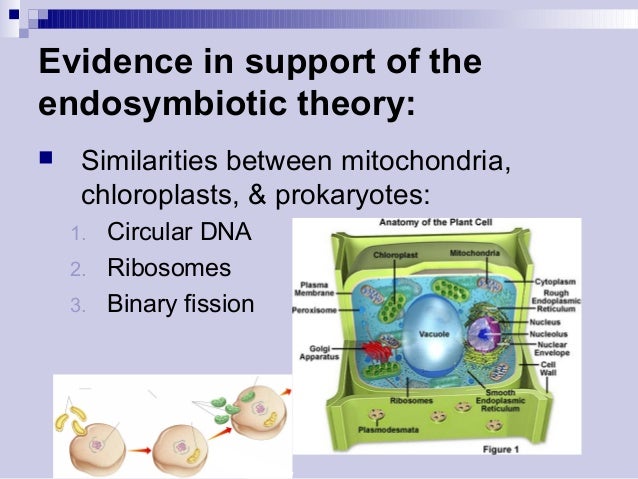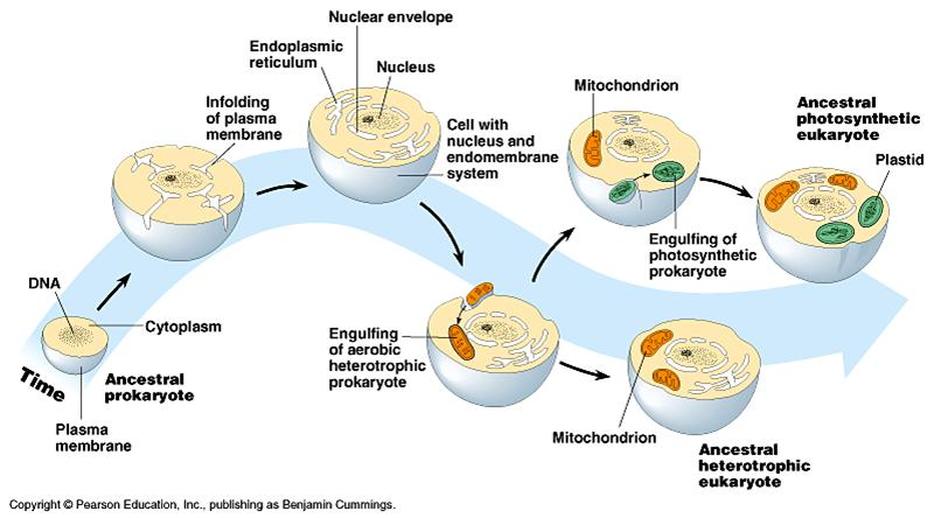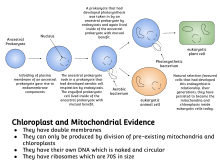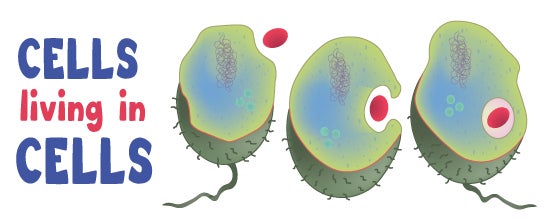It has the cell biology of the 20th century revolutionized like no other concept. The endosymbiotic theory describes and explains the process of the creation of the cells of all animal and vegetable life.
Symbiogenesis or endosymbiotic theory is the leading evolutionary theory of the origin of eukaryotic cells from prokaryotic organisms.
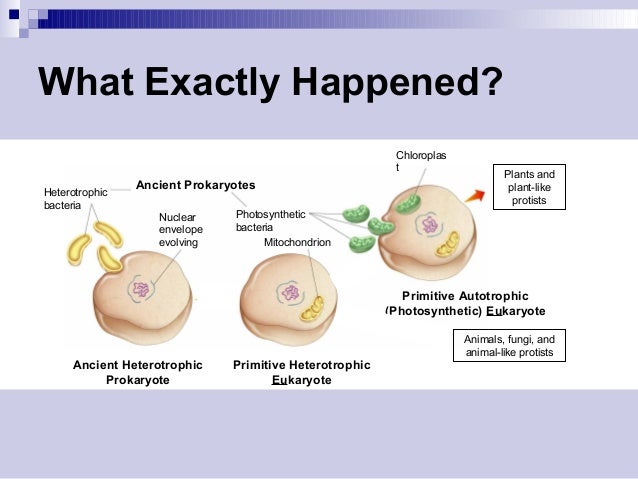
What is the endosymbiotic theory. Endosymbiotic theory proposes that these organelles were once prokaryotic cells living inside larger host cells. The endosymbiotic theory states that some of the organelles eg. It also is the reason that is given for some of the other organelles of the cell.
The endosymbiotic theory states that some of the organelles in eukaryotic cells were once prokaryotic microbes. The theory that explains how this could have happened is called endosymbiotic theory. It involves a cooperative relationship between two cells which allow both to surviveand eventually led to the development of all life on Earth.
An endosymbiont is a cell which lives inside another cell with mutual benefit Eukaryotic cells are believed to have evolved from early prokaryotes that were engulfed by phagocytosis The engulfed prokaryotic cell remained undigested as it contributed new functionality to the engulfing cell eg. The endosymbiotic theory is the accepted mechanism for how eukaryotic cells evolved from prokaryotic cells. This theory explains the development of the eukaryote cell from prokaryote cell symbiosis.
Explore the endosymbiotic theory with the Amoeba Sisters. Mitochondria chloroplast in todays eukaryotic cells were once prokaryotic microbes. An endosymbiotic relationship on the other hand is when a smaller organism lives within a host.
The idea that chloroplasts were originally independent organisms that merged into a symbiotic relationship with other one-celled organisms dates to t. These two organelles have their own DNA. All eukaryotic cells like your own are creatures that are made up of the parts of other creatures.
Amoeba that were unicellular and intook nutrients in the food vacuole through the process of phagocytosis. Evolutionary biology A theory suggesting that the organelle s such as mitochondria and chloroplast s within the eukaryotic cell came about as a result of the early endosymbiosis between prokaryotic endosymbionts and eukaryotic host cell. An endosymbiont is one organism that lives inside of another one.
What is the Endosymbiotic theory. Endocytosis occurs when a substance passes into a cell through the cells membrane and then the cell plasma fuses together to keep the material inside forming an intracellular vesicle. Endosymbiotic Theory Definition Endosymbiotic theory is the unified and widely accepted theory of how organelles arose in organisms differing prokaryotic organisms from eukaryotic organisms.
This theory describes the mechanism by which mitochondria and chloroplasts entered eukaryotic cells. Mitochondria the important energy generators of our cells evolved from free-living cells. The prokaryotes may initially have been parasites or even an intended meal for the larger cell somehow escaping digestion.
The theory holds that mitochondria plastids such as chloroplasts and possibly other organelles of eukaryotic cells are descended from formerly free-living prokaryotes taken one inside the other in endosymbiosis. Mitochondria and chloroplasts have their own DNA which is circular not linear. Endosymbiotic theory stats that the modern eukaryotic cells mitochondria evolved in steps through inter-cooperation into cells from a nuclear line of descendants of chemoorganotrophic and phototrophic symbionts.
Endosymbiotic theory or endosymbiosis is a hypothesized process that explains the origin of some organelles in eukaryotic cells. The endosymbiotic theory is the explanation for mitochondria that gives energy to the cells and also for chloroplasts which is the origin of all of the plants. Endosymbiotic theory Also known as the theory of serial endosymbiosis SET was postulated by the American evolutionary biologist Lynn Margulis in 1967 to explain the origin of eukaryotic cells.
Endosymbiotic theory holds that chloroplasts and mitochondria came about through the evolution of blue-green algae and bacteria through endocytosis. It founds hardly a feature of public perception as a biological theory. In endosymbiotic theory consistent with general evolutionary theory all organisms arose from a single common ancestor.
According to this theory the first eukaryotes were probably some Protozoans eg. Endosymbiotic-theory meaning A theory stating that the eukaryotes evolved through a process whereby different types of free-living prokaryotes became incorporated inside larger prokaryotic cells and eventually developed into mitochondria chloroplasts and possibly other organelles. Mitochondria and chloroplasts are the same size as prokaryotic cells and divide by binary fission.
Expanding on this it was hypothesised that an archea engulfed a bacterium into its cytoplasm through endocytosis and due to the transferring of genes to from the host it resulted in a nuclear genome.
Fhs Bio Wiki Endosymbiotic Theory
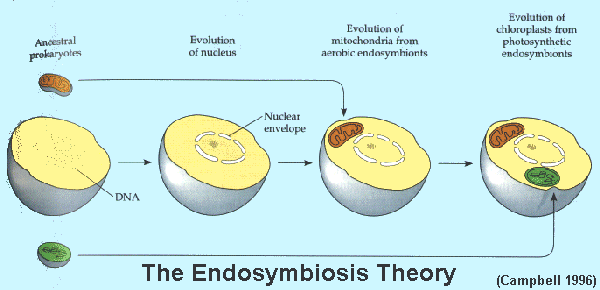 How Did Endosymbiosis Happen Socratic
How Did Endosymbiosis Happen Socratic
 The Endosymbiotic Theory Biochemistry World
The Endosymbiotic Theory Biochemistry World
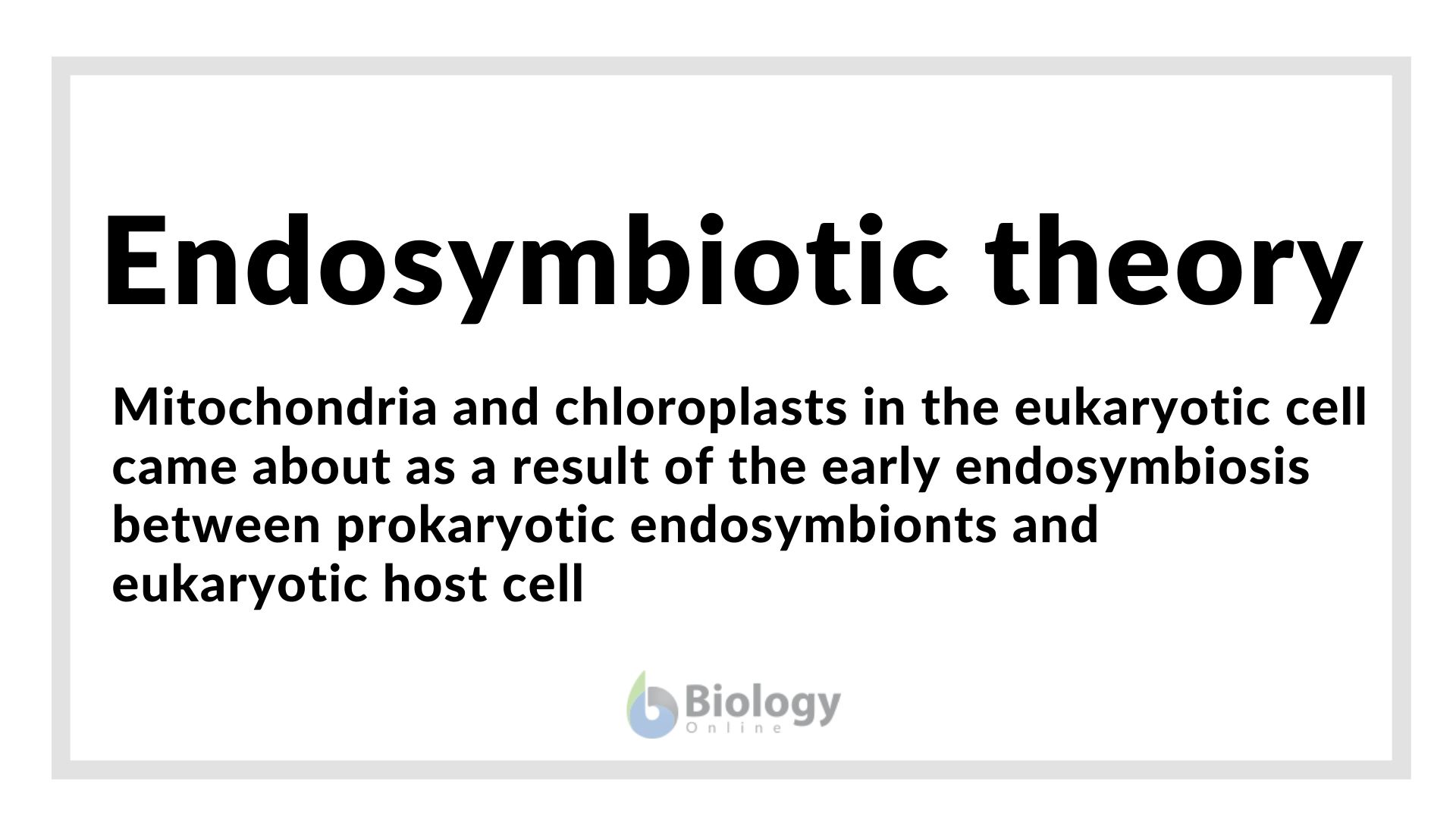 Endosymbiotic Theory Definition And Examples Biology Online Dictionary
Endosymbiotic Theory Definition And Examples Biology Online Dictionary
/2000px-Celltypes.svg-58f4417b3df78cd3fcb40917.png) Endosymbiotic Theory How Eukaryotic Cells Evolve
Endosymbiotic Theory How Eukaryotic Cells Evolve
 Endosymbiotic Theory Risser Microbiology F2017 Openstax Cnx
Endosymbiotic Theory Risser Microbiology F2017 Openstax Cnx
 How Would You Define Endosymbiotic Theory Socratic
How Would You Define Endosymbiotic Theory Socratic
-
Digital Audio Output As their name implies the analog audio output transmits analog audio signalwhile the digital audio output transmits dig...
-
Past Participles are forms of verbs that express a completed action. Translate become in context with examples of use and definition. Past...
-
Weve tabbed out this guitar scales chart for you below. A Minor Scale Lessons - Scales. Pentatonic Minor Scale Guitar Patterns Chart Key O...
it's a good life pdf
It's a Good Life PDF Free Download . It's a Good Life. IT’S A GOOD LIFE By JEROME BIXBY Aunt Amy was out on the front porch, r...

